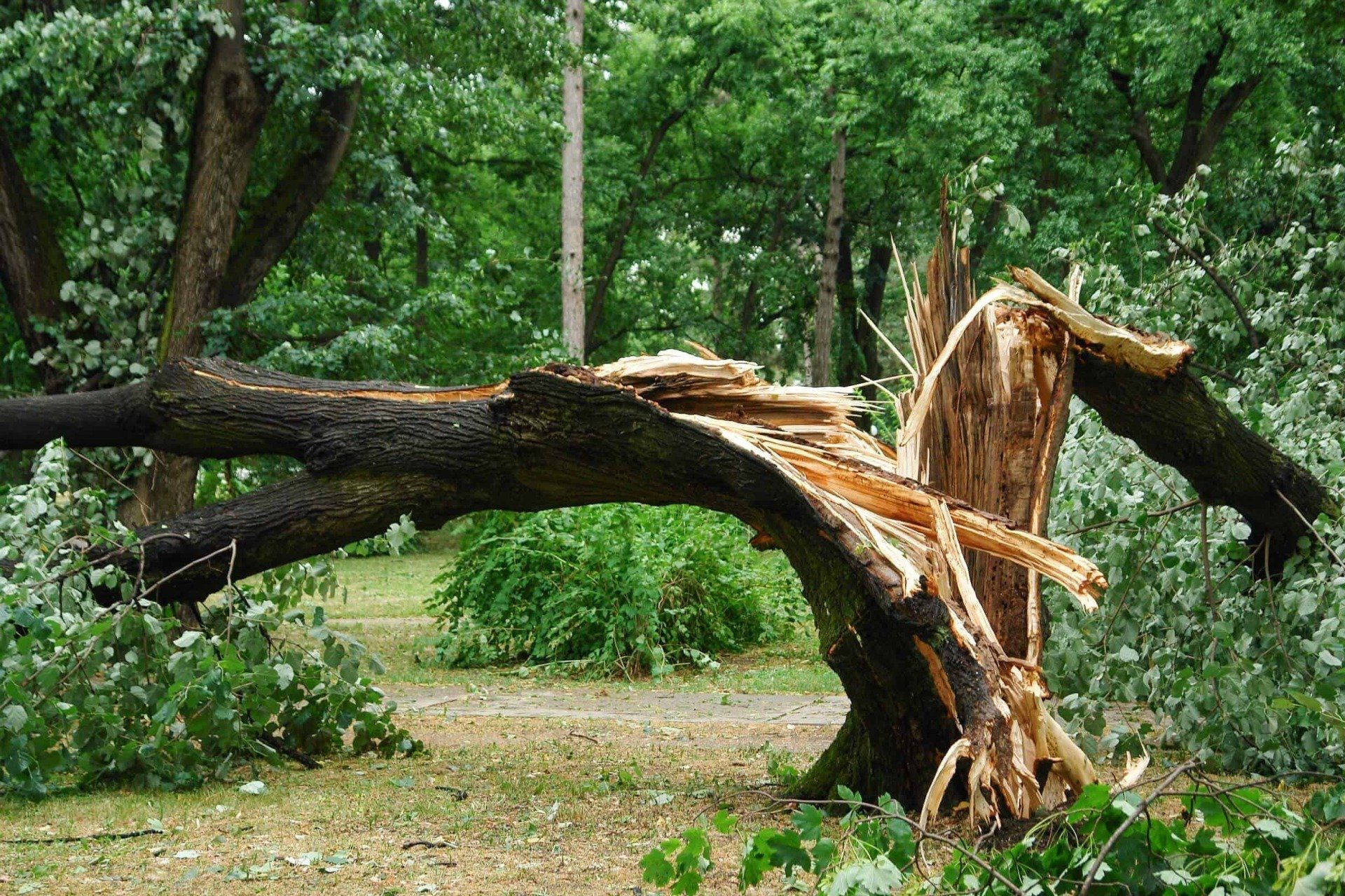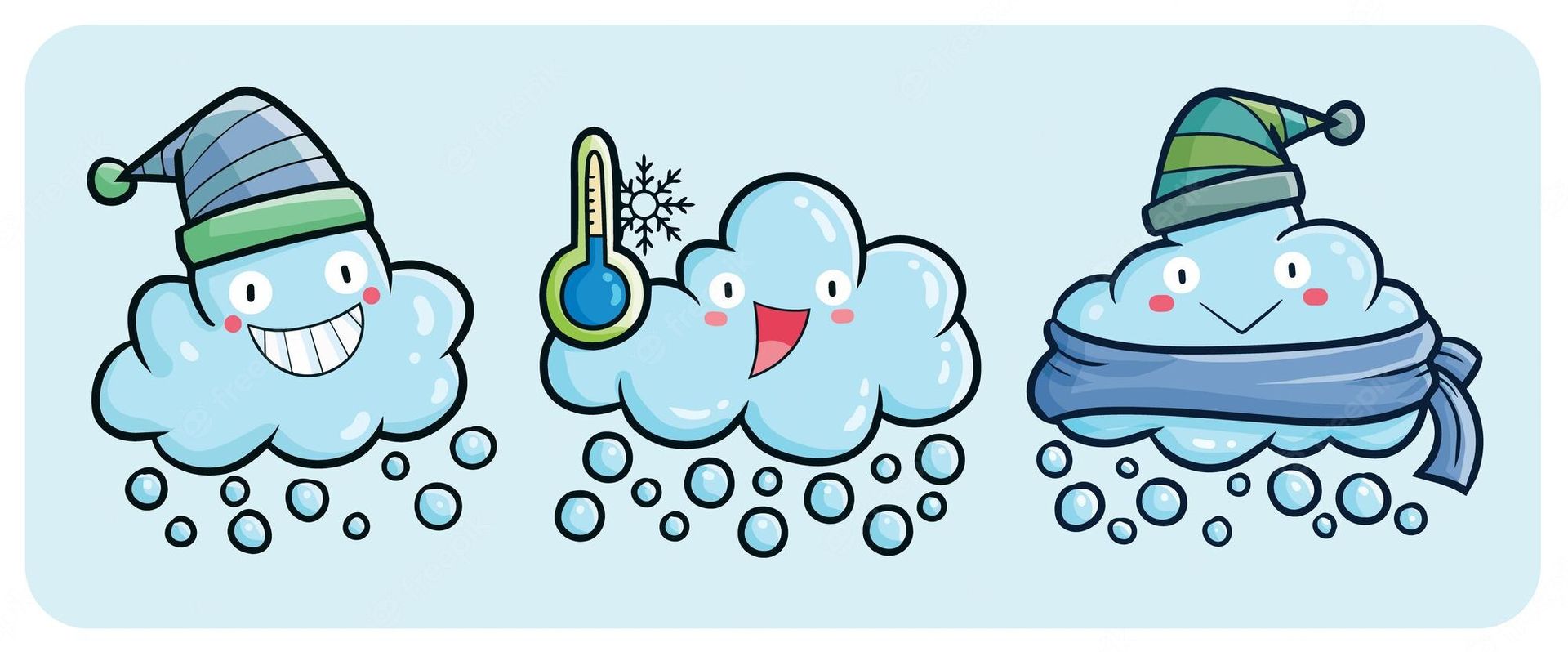A Tree Fell on Your House: Now What?
A Tree Fell on Your House: Now What? -Towson, MD

If a tree falls on your house, follow this emergency plan to ensure your safety and the damage to your home. First and foremost, ensure the safety of everyone in your home, including pets, and then follow the steps below to restore order to your home.
Immediately call 911 and call the electrical company if power lines are down.
When a tree falls on a house, it has the potential to also bring down power lines. This creates a potentially dangerous situation with an increased risk of fire or severe electrical shock. A fallen power line causes no electricity and flashing lights.
You may be able to see if a power line is entangled in the fallen tree from the outside. A downed line may still be operational in some cases, but it still poses a risk, so turn off the power at your breaker box if you know or suspect that the tree took a power line down with it.
Contact the appropriate authorities and your local power company. If you smell smoke, get everyone out of the house and call a neighbor. Technicians from the power company will be dispatched to repair the lines. Local law enforcement may be summoned to stop traffic on your street, and the fire department may be summoned as a precautionary measure until safety is restored.
Prevent further immediate damage.
A falling tree can shatter glass, tear a hole in your roof or siding, and even damage brick and stone. There is also the possibility of gas pipeline damage. Gas lines, even if they are underground, can be damaged if a tree falls in the area where they enter your home. As a precaution, turn off the gas at the meter until you're certain the lines were not damaged. A shut-off valve is located near the meter. To turn off the gas, turn the valve a quarter and turn to the right with a wrench.
Contact a qualified contractor to tarp or board up smashed windows and any holes in your home's roof or sidewalls. This method will protect your home's interior as well as your belongings from future weather damage. If you want to help cover shattered windows, do so gently to avoid glass shards, but leave roof-tarping to the professionals. Some parts of the roof may be dangerous to walk on.
How to File a Claim for a Tree that Falls on Your House
A tree falling on a house can cause significant (and costly) damage. If you are affected by this disaster, the following advice can help you make the most of your insurance coverage.
Obtain accurate documentation for homeowners insurance claims.
As soon as the immediate threat has passed, take photos or video of the damage, both inside and out. Allow a roofing professional to photograph the roof while you remain on the ground. Smashed windows, siding damage, structural damage, and property damage should all be documented. Make sure you don't forget anything; the images you take now will be critical as evidence for your insurance claim.
Call your homeowners insurance agent to start the claims process.
You may be required to get repair estimates from two or three local contractors. Alternatively, depending on your insurance company, a claims adjuster may be assigned to assess your property. In this case, the adjuster will assess the extent of the damage and the associated repair costs.
Consult your homeowners insurance policy to understand your financial obligation.
You will almost certainly be required to pay a deductible before the insurance company will cover the remaining repair costs—up to a certain amount, depending on the specific terms of your policy. Common deductibles range from $500 to $2,000, or even more, depending on the amount of premiums and coverage limits. If, like most homeowners, you haven't read your policy's fine print, do so now so you know what to expect.
If the tree fell on the house due to an "Act of Nature," such as a rainstorm, ice storm, or high winds, your insurance would normally cover the repair costs, less your deductible. Even if the fallen tree belongs to a neighbor or a municipality, your policy will cover you in an "Act of Nature" situation. However, if you caused the tree to fall due to reckless behavior, such as attempting to cut it down without competent assistance, your claim may be denied.
Hold off on permanent repairs until you and your insurer agree on the amount of your claim.
Depending on your policy, your insurer may limit the cost of certain repairs, such as tree removal. If your expenses exceed the approved amount, you may be held liable for the difference.
If your insurer's total offer falls short of the estimated cost of repairs, you can file an appeal and have your claim re-evaluated. If this occurs, provide contractor quotes demonstrating that the rates are higher than your insurer allows.
Keep track of expenses you incur related to the damage.
If you had a contractor tarp your roof or board up windows, keep your receipts because emergency damage control expenses are almost always reimbursed. Your insurance company may cover some of the costs of renting an apartment or staying in a hotel if your home is rendered uninhabitable. However, don't assume that all of your expenses will be covered; instead, check with your agent to be sure.
Make your final payment only when satisfied with the contractor’s work.
Legitimate contractors typically require payment for materials before beginning work, but they should not request payment in advance for their labor to complete the repairs. If the repairs are extensive and will take several weeks to complete, the contractor may reasonably request partial payments on an agreed-upon timeline, but the entire payment should be made only when the repairs are completed to your satisfaction.
Do you require professional restoration services to assist with storm damage? Call Restoration 1 of Towson today!












